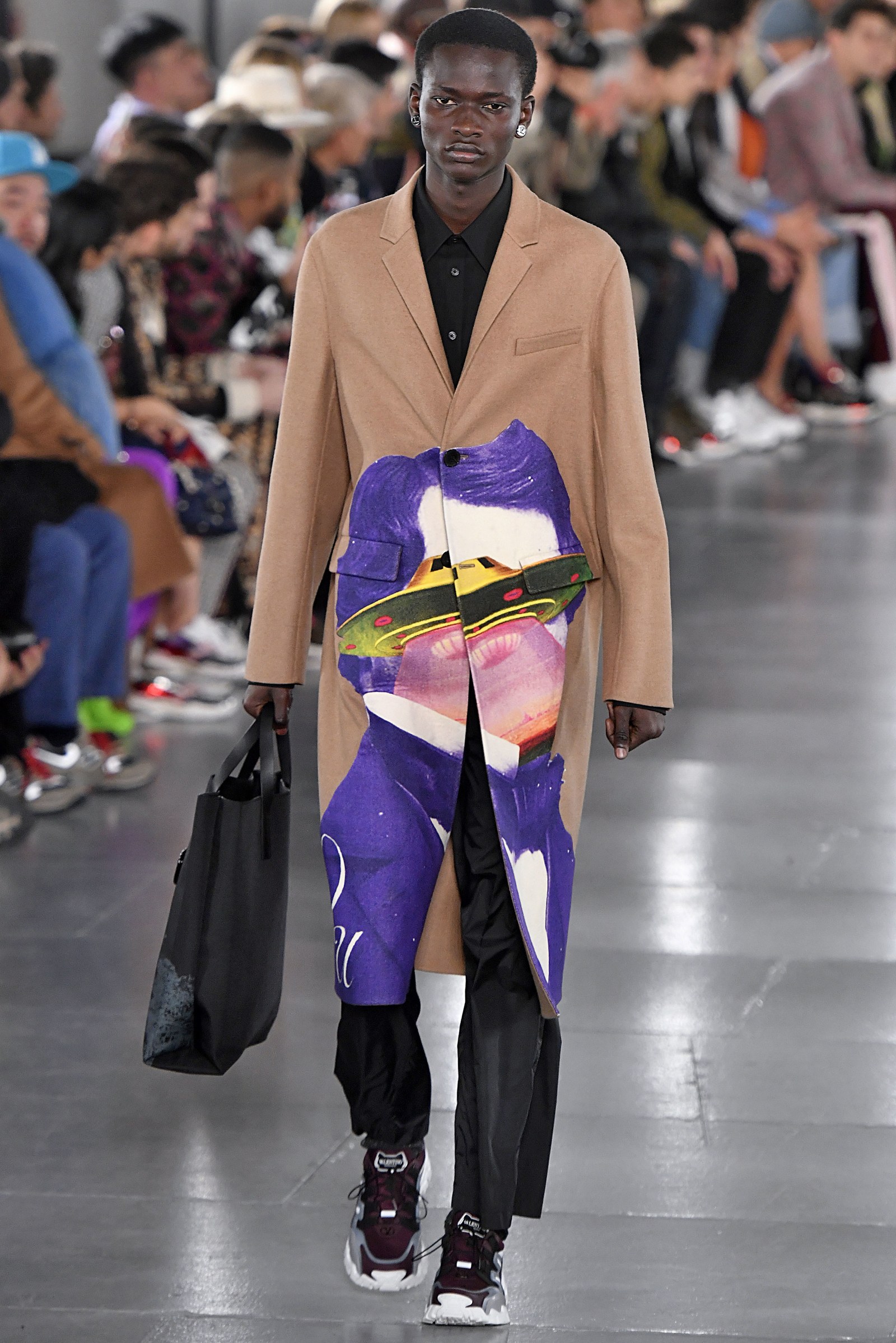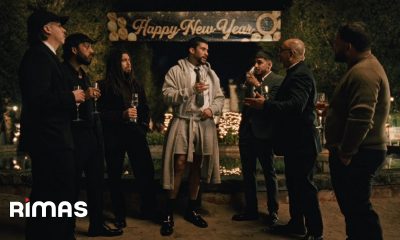
Valentino and Undercover Discuss the “Dark Fantasy” of Their Collaboration
While Takahashi is, at least to casual fashion fans, known for masterful streetwear that rhapsodizes over heroes, from jazz musicians to Cindy Sherman, and Valentino is at its core a couture house, Takashi says they share more similarities than differences: “I find similar elements of dark fantasy in our Women’s collections.” Piccioli, on the other hand, writes that whatever similarities exist are heightened by the contrast: “In my opinion, this is how good collaborations work. There must be a balance between differences that make the exchange enriching and homogeneities that allow comfort and respect in the creative process.”
What their time together was not was a summit on the state of fashion. I asked the designers, who are around the same age (Takahashi in his late 40s, and Piccioli in his early 50s), whether they ever spoke about their early days in fashion, or focused mostly on the future work they were creating together. “I have never reflected about the tenses of our conversations,” Piccioli replied. “I believe past and present elements always merge while we exchange opinions and their synthesis is a projection towards the future.” More specifically, Takashi wrote, “We haven’t really spoken much about fashion,” instead choosing more intimate subjects: “We usually have a casual conversation about our families, etc.”
I asked both about how they approached working on this collection, as the two approach design in totally different ways—Takahashi, the lord of immersion, fills his collections with graphics and phrases in deference to the spirit of a person, book, film, or piece of culture; Valentino is the conjurer of the grand, romantic gesture in fabric. “These two souls continuously mixed up in a sort of long-distance creative dialogue I enjoyed very much,” Piccioli explained. “The whole collaboration was a balance in the middle of polarities. The most immediate example I could give is that of couture and street: the collection spoke one language, made of two codes.”
Takahashi, in turn, described an uncommon harmony to the process:
“Pierpaolo gave me some keywords and I made the graphics based on my own interpretation of these words. For my own collections I usually mix ideas that come to mind and things that influence me. For me, the way of working with Valentino wasn’t too different from that of other collaborators. However, it was the first time that graphics I designed were used freely. When Pierpaolo suggested this to me, I was very happy because I really felt his respect. I sincerely appreciate Pierpaolo offering an opportunity like this to a designer that came from streetwear and typically does whatever he wants.”
Article written by Rachel Tashjian #GQ












